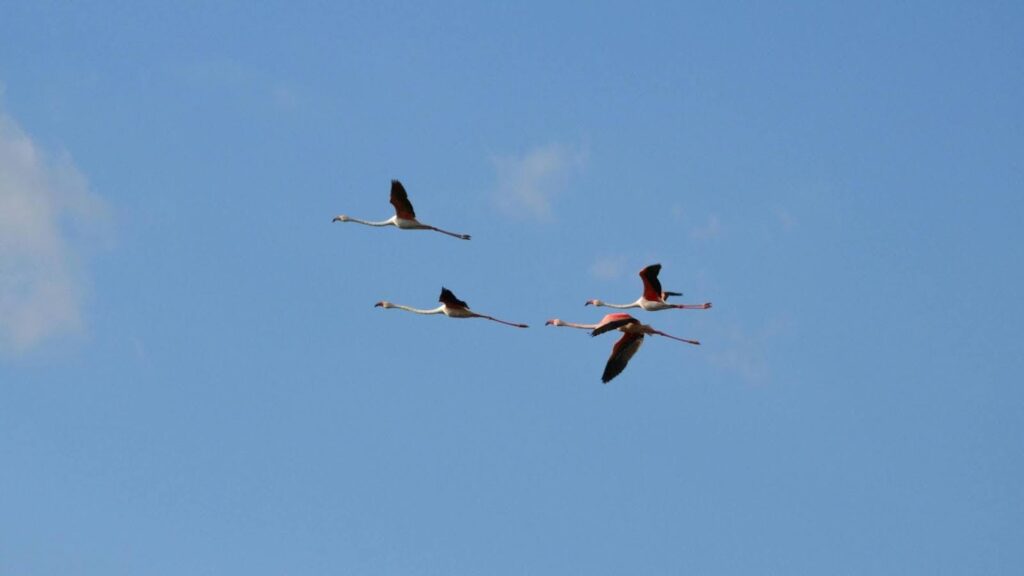Ocean Energy Pathway (OEP), alongside partners The Biodiversity Consultancy and the Philippines Department of Environment and Natural Resources – Biodiversity Management Bureau (DENR-BMB), recently convened a workshop to address a critical challenge…
How do we responsibly develop the Philippines’ offshore wind potential while protecting its globally significant migratory bird populations?
As emerging economies like the Philippines accelerate their energy transitions, enhancing marine ecosystems and empowering local communities must go hand-in-hand with the rollout of clean energy.
The Philippines is a vital link in the East Asian-Australasian Flyway (EAAF), a migratory route used by over 50 million waterbirds. The country’s coastal wetlands are an irreplaceable “flyway bottleneck,” making interactions between OSW projects and birds unavoidable.
While offshore wind is a key technology for reducing fossil fuel emissions and strengthening energy security, OEP’s nature-aligned approach recognises that to build a thriving blue economy, clean energy must coexist with and enhance marine life.
As OEP’s Country Head for the Philippines, Rizaller Amolo, noted: “To truly build a thriving blue economy, our push for offshore wind must not just coexist with nature, it must actively enhance it.”
“To truly build a thriving blue economy, our push for offshore wind must not just coexist with nature, it must actively enhance it.”
Rizaller Amolo, Country Head, The Philippines

Why data-driven decisions are essential
In a collaborative discussion led by The Biodiversity Consultancy, Ocean Energy Pathway (OEP), and The Department of Environment and Natural Resources – Biodiversity Management Bureau (DENR-BMB), participants highlighted the critical importance of a values-driven and high-integrity approach to data collection.
The conversation emphasized that while offshore wind presents a risk of collision and habitat displacement for migratory birds, traditional bird counts are often insufficient.
Instead, high-resolution movement data from bird tagging is essential for informed siting of new projects and the design of turbines.
The discussion specifically noted that this data is particularly crucial for the conservation of threatened species like the Spoon-billed Sandpiper and Great Knot.
It was also noted that ethical standards, such as ensuring a tag’s weight is no more than 4% of a bird’s body mass, must be strictly adhered to.
Building local expertise and collaboration
A central tenet of OEP’s work is providing expert, independent support to governments and convening diverse voices from industry, civil society, and conservation groups.
A key takeaway from the workshop was the need to build local expertise in bird tagging, which will increase local bird migration tracking data and strengthen the country’s long-term capacity for ocean stewardship.
The data collected from these projects will be shared through EAAF networks, supporting conservation efforts at a flyway scale.
Looking ahead, OEP will continue to provide technical guidance to ensure the bird tagging protocols align with both international best practice and Philippine regulations.
OEP and its partners will also convene an in-person workshop in Manila to refine the protocol and discuss its implementation.
This collaborative approach ensures that as the Philippines turns its climate ambitions into action, it does so in a way that is sustainable, resilient, and delivers lasting value for its communities and ecosystems.




